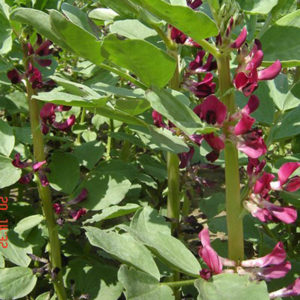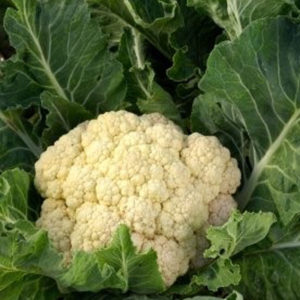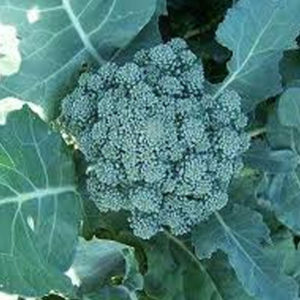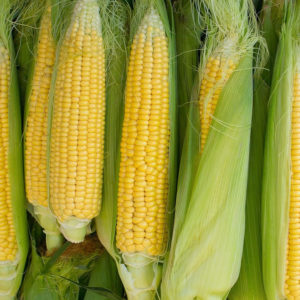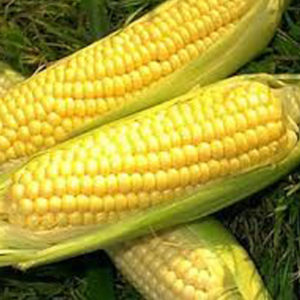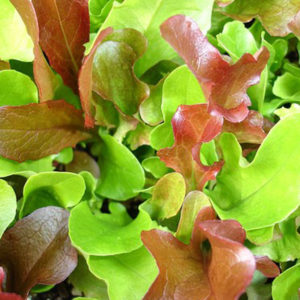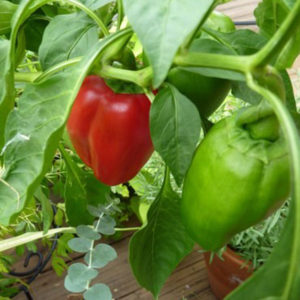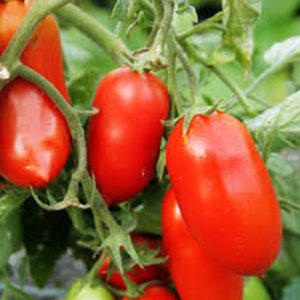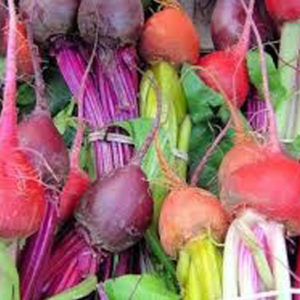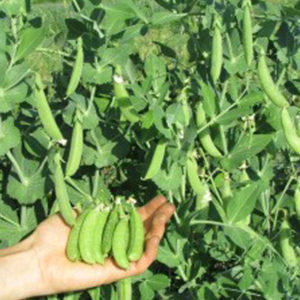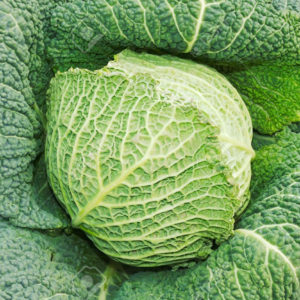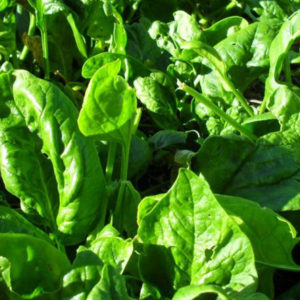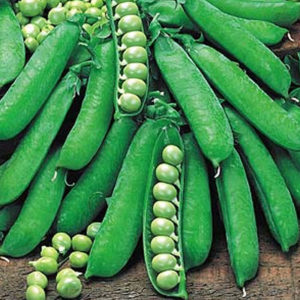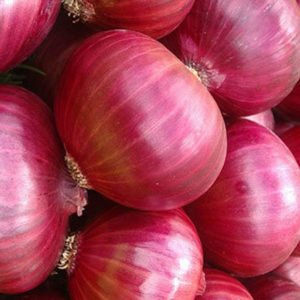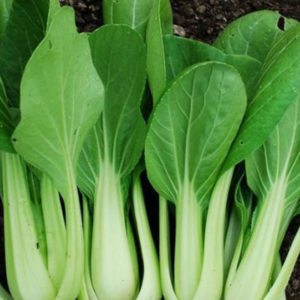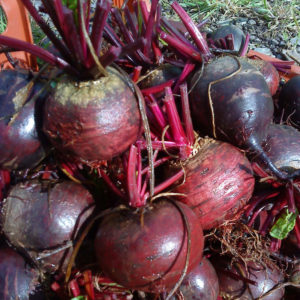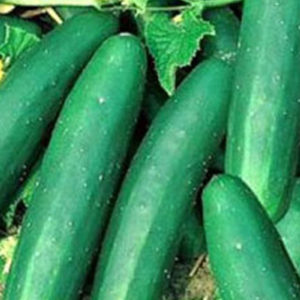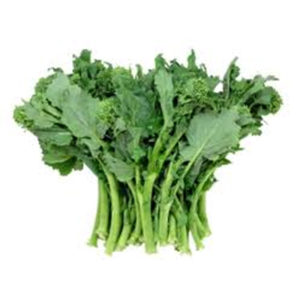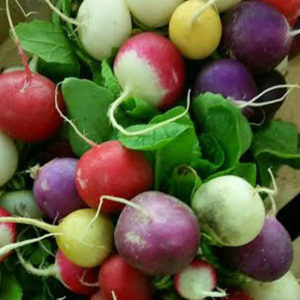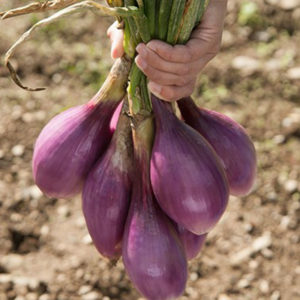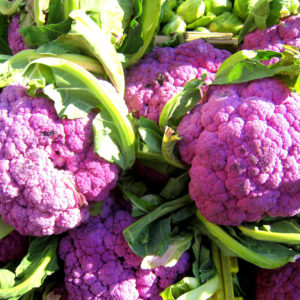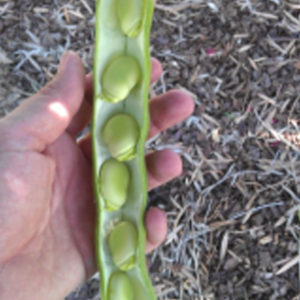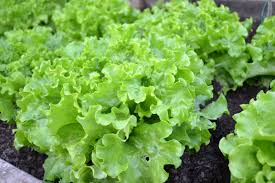-
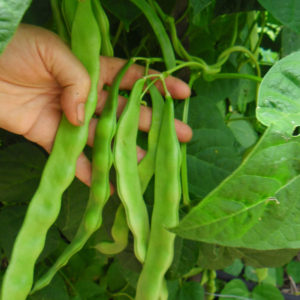
Phaseolus vulgaris This bean was a gift from a gentleman in Pearcedale who gave us a handful literally. It took the next year to grow out and realize what a lovely gift it was. Tall climber with pink beautiful flowers, then long 30cm truly flat pods very tender even at the early stages of the seed swelling. Great cooked with onions, garlic, tomatoes, bay leaves seasoning and the beans thrown in whole and cooked for the last 10 minutes.
-
 Phaseolus vulgaris We’d been after this climber for a long time and are very grateful. Up to 2 metres needing staking or strong trellis the rich green leaf contrasts beautifully with the streaks of red/pink/cream that makes this bean productive, ornamental and delicious. Unlike other beans pick when swollen with seeds then dry or better still steam while green and tender, a very sort after delicacy.
Phaseolus vulgaris We’d been after this climber for a long time and are very grateful. Up to 2 metres needing staking or strong trellis the rich green leaf contrasts beautifully with the streaks of red/pink/cream that makes this bean productive, ornamental and delicious. Unlike other beans pick when swollen with seeds then dry or better still steam while green and tender, a very sort after delicacy. -
Out of stock
 Capsicum annuum A combination of the colours and flavours available of the bell types, green, chocolate, gold and red.
Capsicum annuum A combination of the colours and flavours available of the bell types, green, chocolate, gold and red. -
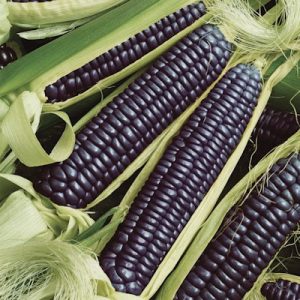 Zea mays This corn is blue to the eye and truly remarkable to grow. This is a rare seed. Blue Hopi corn has so much anthocyanins in it that some say that it is has more antioxidant potential than blueberries. Limited quantities. Considered a staple corn of the Hopi people, this corn can be eaten as a sweet corn when young, or allowed to dry it can be used to make flour. Hopi Blue has a higher protein content than a dent corn and makes wonderful tortillas. The 7 inch, dried blue ears also make great autumn decorations. Plants are 2 metres tall.
Zea mays This corn is blue to the eye and truly remarkable to grow. This is a rare seed. Blue Hopi corn has so much anthocyanins in it that some say that it is has more antioxidant potential than blueberries. Limited quantities. Considered a staple corn of the Hopi people, this corn can be eaten as a sweet corn when young, or allowed to dry it can be used to make flour. Hopi Blue has a higher protein content than a dent corn and makes wonderful tortillas. The 7 inch, dried blue ears also make great autumn decorations. Plants are 2 metres tall. -
Out of stock
 Cucumis sativus Classic heirloom, Boston pickling cucumber dates back to 1880 and is a vigorous vine giving large yields of smooth green fruit that can be picked small with solid flesh making it ideal for pickling.
Cucumis sativus Classic heirloom, Boston pickling cucumber dates back to 1880 and is a vigorous vine giving large yields of smooth green fruit that can be picked small with solid flesh making it ideal for pickling. -
Out of stock
 Zea Mays This multicoloured corn is beautiful to look at and lovely steamed. Open pollinated ancient, multi coloured actual sweet corn growing 2 metres & more. Has good sugar levels and ready to eat in 90 days after planting. Reportedly found by archaeologists in the Anasazi ruins. Plant as all corn - full sun, rich organic soil and plenty of water.
Zea Mays This multicoloured corn is beautiful to look at and lovely steamed. Open pollinated ancient, multi coloured actual sweet corn growing 2 metres & more. Has good sugar levels and ready to eat in 90 days after planting. Reportedly found by archaeologists in the Anasazi ruins. Plant as all corn - full sun, rich organic soil and plenty of water. -
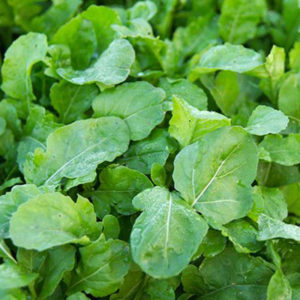 Eruca sativa An annual plant commonly known as salad rocket, arugula, colewort. A unique flavour with a hint of heat if grown during the cool months and lots of heat in the hot months. Side picked for salads since the Roman times rocket is used for everything from salads to additions to pizzas. Grow direct all year round.
Eruca sativa An annual plant commonly known as salad rocket, arugula, colewort. A unique flavour with a hint of heat if grown during the cool months and lots of heat in the hot months. Side picked for salads since the Roman times rocket is used for everything from salads to additions to pizzas. Grow direct all year round. -
Out of stock
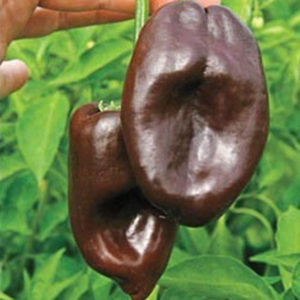 Capsicum annuum So excited to have this seed available to you and I recommend you seed save. A poblano type chilli on a very tall plant will maybe need some staking. Producing wide green fruit tapering gently to soft point. Known as Ancho's in Mexico they are very mild with smells of raisins and smoke when dried. Add an exquisite richness to any dish.
Capsicum annuum So excited to have this seed available to you and I recommend you seed save. A poblano type chilli on a very tall plant will maybe need some staking. Producing wide green fruit tapering gently to soft point. Known as Ancho's in Mexico they are very mild with smells of raisins and smoke when dried. Add an exquisite richness to any dish. -
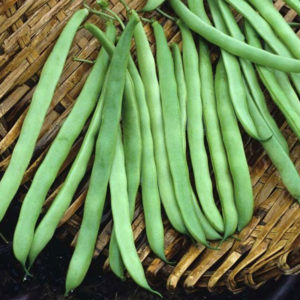 Phaseolus vulgaris This lovely ‘politically incorrect’ bean derives its name for its ease of growing and one of the first stringless beans making preparation much easier…for the housewife nearly 200yrs ago! Tender, productive fleshy broad green climber up to 2 metres. Rare now and needing reviving as its flavour compares well with today's good green bean.
Phaseolus vulgaris This lovely ‘politically incorrect’ bean derives its name for its ease of growing and one of the first stringless beans making preparation much easier…for the housewife nearly 200yrs ago! Tender, productive fleshy broad green climber up to 2 metres. Rare now and needing reviving as its flavour compares well with today's good green bean. -
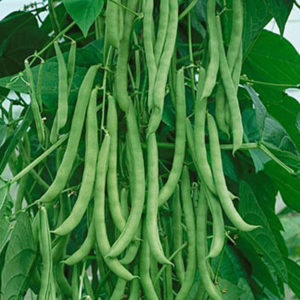 Phaseolus vulgaris Once the most popular bean in the south of America this bean has been first mentioned in 1864 as Texas Pole. A green climber it can grow very tall producing pods up to 20cm long. Fleshy, curved and broad-oval pods with seeds filling to the tip and edge but not crowded. Very reliable, flavoursome, abundant and early maturing. Can be picked fresh or allow pods to dry and save beans.
Phaseolus vulgaris Once the most popular bean in the south of America this bean has been first mentioned in 1864 as Texas Pole. A green climber it can grow very tall producing pods up to 20cm long. Fleshy, curved and broad-oval pods with seeds filling to the tip and edge but not crowded. Very reliable, flavoursome, abundant and early maturing. Can be picked fresh or allow pods to dry and save beans. -
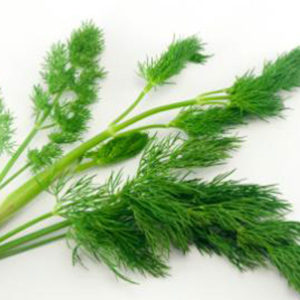 Anethum graveolens Best grown as annual as it will not survive the winter in Victoria. Tall wispy plant up to 75cm tall harvest around 8 weeks after sowing. Eat leaves, then flowers, then seeds. Plant direct .5cm deep close together in warm soil between 10-20c Spring-Autumn. Dill doesn't enjoy transplanting. Suggest successive plantings every 3 weeks.
Anethum graveolens Best grown as annual as it will not survive the winter in Victoria. Tall wispy plant up to 75cm tall harvest around 8 weeks after sowing. Eat leaves, then flowers, then seeds. Plant direct .5cm deep close together in warm soil between 10-20c Spring-Autumn. Dill doesn't enjoy transplanting. Suggest successive plantings every 3 weeks. -
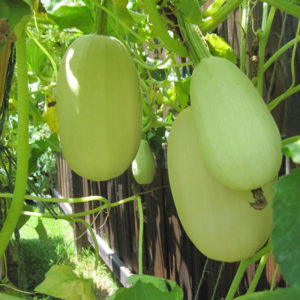 Cucurbita pepo I am often approached by my older customers seeking what they like to call a true squash. And this is the closest I can give them. Lovely flavour especially when roasted. To get the ‘spaghetti’ affect it needs baking. We cut in half, scoop out seeds, fill with eggs, cream, cheese and seasoning and bake first 20mins covered, last 10mins uncovered to crisp the top. Seriously yum.
Cucurbita pepo I am often approached by my older customers seeking what they like to call a true squash. And this is the closest I can give them. Lovely flavour especially when roasted. To get the ‘spaghetti’ affect it needs baking. We cut in half, scoop out seeds, fill with eggs, cream, cheese and seasoning and bake first 20mins covered, last 10mins uncovered to crisp the top. Seriously yum. -
 Barbarea verna Slightly hotter than watercress but a very similar flavour. Does not need water to grow. Often grown for it’s affective deterrent of white butterfly larvae which tend to eat the leaves even though it means their demise. Recommend planting throughout the garden when planting brassicas.
Barbarea verna Slightly hotter than watercress but a very similar flavour. Does not need water to grow. Often grown for it’s affective deterrent of white butterfly larvae which tend to eat the leaves even though it means their demise. Recommend planting throughout the garden when planting brassicas. -
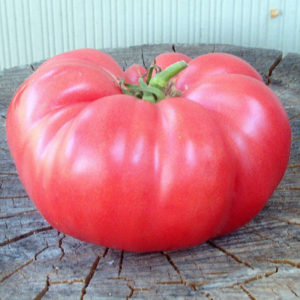 Solanum lycopersicum L. This large tomato was first presented to us by John Grasso at one of our markets. He brought it with both hands saying 'they get bigger than this'. What I didn't realise was how sweet they were. Plant is tall indeterminate type and needs to be staked well especially considering the weight of the fruit!
Solanum lycopersicum L. This large tomato was first presented to us by John Grasso at one of our markets. He brought it with both hands saying 'they get bigger than this'. What I didn't realise was how sweet they were. Plant is tall indeterminate type and needs to be staked well especially considering the weight of the fruit!

